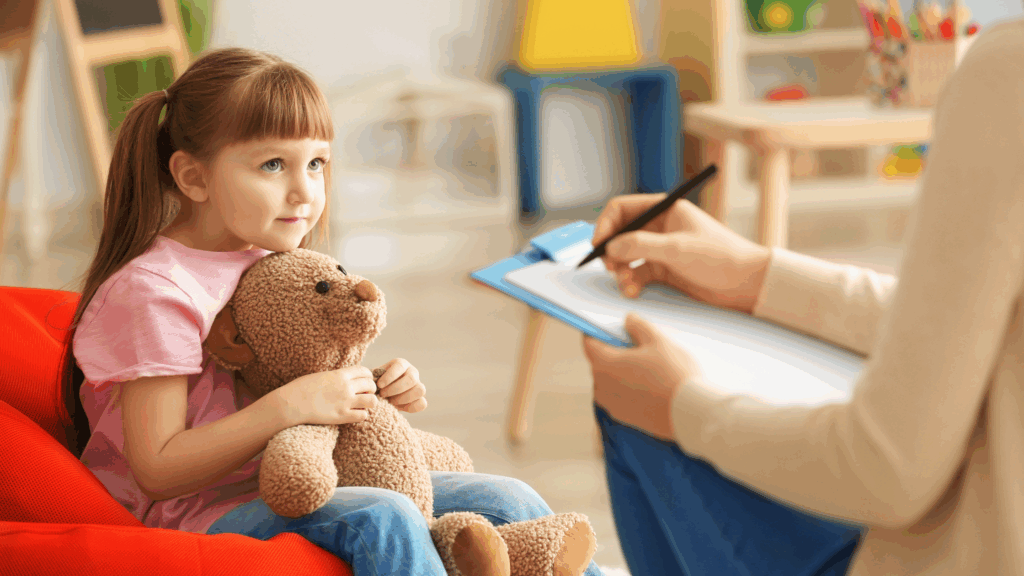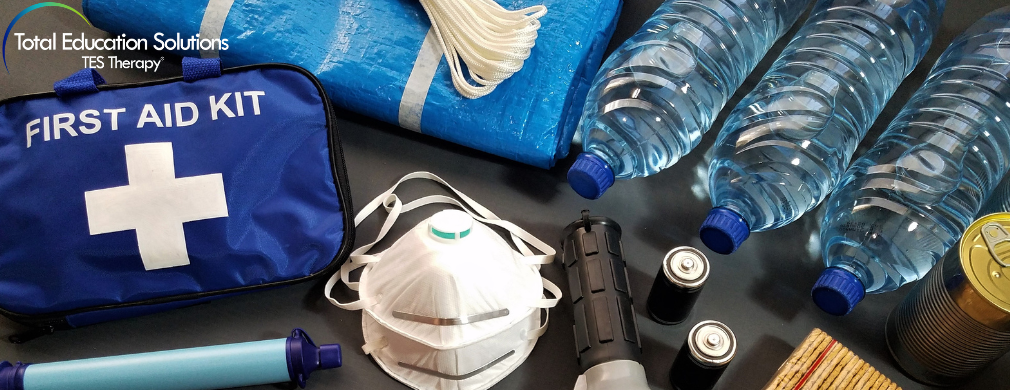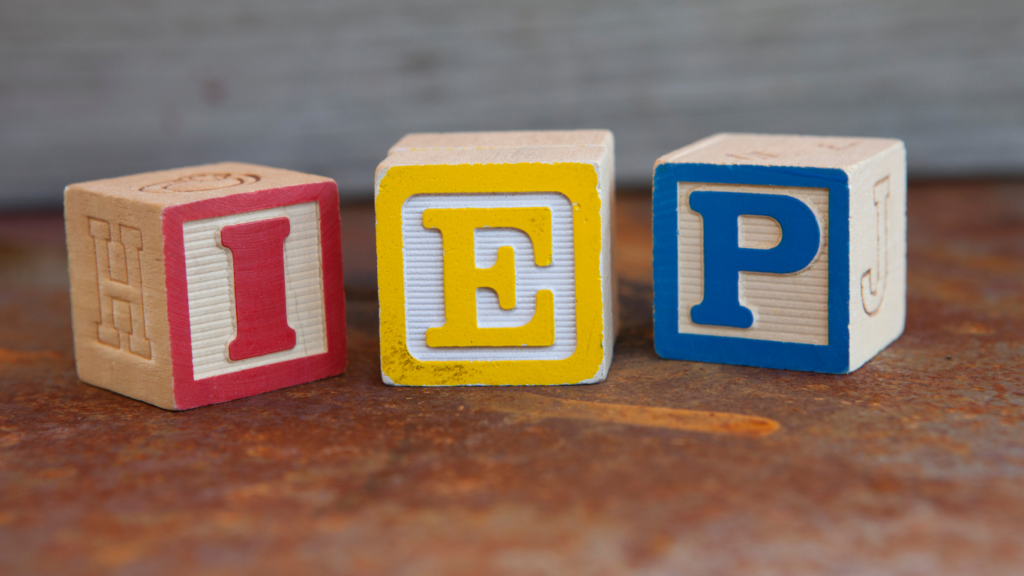A school can be a challenging place for students on the autism spectrum – as it is with many young children. However, classrooms are hard for children with Autism Spectrum Disorder (ASD) in unique ways.
Students on the spectrum spend a lot of energy coping with a classroom environment that is distressing for them, makes them intensely uncomfortable, or is incompatible with their needs. ASD students are often singled out, teased, or even bullied because they have behaviors, enthusiasms, and passions that seem odd, strange, or socially unacceptable.
Understanding how students with ASD experience the world can help you as an educator understand how they learn best and make your classroom a place where they can grow and thrive, not struggle and just survive.
This guide will explore teaching strategies for students with autism for teachers, parents, and families to help navigate teaching a student with autism. The unique challenges students with ASD face and why making your classroom inclusive for autistic students benefits all your students and your school as a whole.
Challenges Children with Autism Face in the Classroom
Students with autism often benefit from structure, routine, and clear expectations. They struggle with ambiguity or situations where they interact with new people or deal with unexpected changes.
That’s why the more unstructured parts of a school day, like lunchtime and recess, can be highly challenging for autistic students. These periods check off many boxes for common triggers in autistic children – social interactions, loud noises, disordered environments, and intense sensory overwhelm.
Some of the most frequently occurring challenges in autistic children include:
Sensory Dysfunction
Hall buzzers, fluorescent lights, children yelling, screaming, running around, and all those sounds and noises reverberate through halls and corridors. Even one of these factors can be a source of sensory overload in students with autism. All of them put together is a recipe for a meltdown.
Reading and Verbal Comprehension
Children on the autism spectrum don’t usually function well with standardized testing because their modes of thinking and being are so different from that of neurotypical students. Verbal expression and comprehension don’t come naturally to them. This is particularly the case when it comes to figurative or expressive language.
Executive Functioning
Students on the spectrum excel when given clear direction and guidance and can immerse themselves deeply in a particular subject and focus on one thing at a time. That makes executive functioning, the ability to follow through on multi-step projects, and also account for deadlines, timelines, and switching between topics and activities.
Fine and Gross Motor Skills
Classroom activities like writing, drawing, cutting, pasting, and manipulating small objects like playing with balls or plastic scissors require a certain level of finesse and control over one’s body. Kids on a playground will jump around, kick dodgeballs, throw frisbees, run, and skip around a field.
These can be tough for ASD students that are prone to stimming behavior. These are skills that are key to learning in a classroom and how to interact with your peers, and children with autism in the classroom struggle to meet these expectations.
Social Communication
One of the biggest hurdles students with autism face in their development is social communication- navigating the nuances of social dynamics and interactions.
Social cues are hard for children with autism to pick up and understand. That obstacle is compounded by the fact that social norms are constantly changing – kids are always clamoring for the new phone, the latest sneakers, and the new game console – and ASD students can face ostracization if they don’t keep up.
Tolerance of Autistic Behaviors
People with autism have many beautiful gifts, but engaging with them can sometimes require a special kind of patience and empathy.
Autism is hard to understand for people who don’t have to live with it. Until recently, it was considered a rare disorder that severely impacted an individual’s ability to work, form meaningful relationships, and live a normal life. It was only within the last few decades that it became accepted that people with autism can be thriving, functional members of society if they only have the right kind of support.
Teachers and students may have varying levels of tolerance and empathy for students with autism. Some teachers may get irritated at an overly talkative autistic child that goes on tangents about their particular interests in the middle of class – and view it as disrupting their teaching, making their job harder.
They may also hold their students with autism to the same standards of performance and pace of learning as their other students – which is neither fair nor realistic.
Benefits of Inclusion for Students with Autism
ASD students have so much to add to a classroom. Their different ways of thinking, unique interests, and special interests can make a classroom richer for all your students. You facilitate that by including students with autism in the general education classroom.
The first step is to lower the stigma around autism. Autism is not a disease to be cured or a curse to be endured – it is a condition to be lived with. That is the foundation of nurturing respectful relationships between your ASD students with their other classmates. Students with autism may be different, but they are just as deserving of empathy as anyone else.
To support children with autism in the classroom, it is your responsibility as an educator to:
- Set different expectations for your ASD students and your neurotypical students because they have different needs and function at different levels
- Have the needs of your ASD students in mind and adjust your teaching methods accordingly
- Meet with your ASD students’ parents to understand their needs, interests, and potential triggers they have
Identifying signs of Autism in the Classroom
No two children with autism are alike, and different cases can have very different characteristics or symptoms. Some spectrum behaviors are apparent, and others are more subtle and difficult to spot.
Some of the most commonly-occurring signs of autism in students are:
- Problems empathizing or interacting with other students
- Difficulty maintaining eye contact
- Unusual or repetitive actions or behaviors
- Difficulty achieving simple goals
- Problems learning at the same pace or level as other students
- Poor spatial awareness or frequent clumsiness
When you interact with and identify enough cases, the signs will be more recognizable. That will better enable you to teach your students with autism and have necessary conversations with their parents about their unique needs.
Teaching Strategies for Children with Autism
The key to teaching students with autism is inclusion. The best way to support a child with autism in a classroom setting is to help them feel they can function as well as any other students, as long as they have the proper support.
Here are some teaching inclusion strategies for students with autism that may help with this:
Tailor Your Presentation
Preparing learning materials in a way that all students can relate to will help them connect with the subject regardless of their learning style. Using a mix of images, videos, or charts is inclusive for students who have different ways they absorb material best.
Offering Variety in Your Projects and Tests
Giving standardized tests to your students with ASD as your neurotypical students is like trying to fit a square peg in a round hole. You’re just not going to get very far.
Instead, try offering a variety of text and quiz types for different learning styles. For example, if you’re assigning a project for a book you’re teaching in class, you could let them write an essay, or create an artistic representation of the chapter. Students can then choose which test best suits their skills and strengths.
Cater to Special Interests
People on the autism spectrum are often passionate about very niche subjects and have specific knowledge. That’s one of the many things that make them unique and beautiful. Tailoring the subject matter to their interests can help keep them engaged.
Be Mindful of Sensory Issues
Certain smells, sounds, and types of lighting can be highly unpleasant and disruptive for students with autism. The best thing you can do to facilitate their learning is to remove or minimize those factors as much as possible.
Try seating your ASD students with sensory issues near a window and avoid bringing strong-smelling foods into the classroom. You can also offer them more comfortable classroom furniture options like rocking chairs and bean bags.
An Inclusive Classroom is a Richer Classroom
Including autistic students in the classroom can make your students’ education a fuller, richer experience for everyone, as your ASD students are encouraged to use and celebrate their gifts.
Total Education Solutions can offer guidance to families and educators on supporting students with autism at our locations in Fairlawn and Columbus, Ohio. We offer services like ABA therapy and speech and language therapy to help students on the spectrum leverage their unique strengths and develop coping strategies for their challenges.
Learn more about our Autism Family Navigator Program, and we’ll help your ASD student to be the best possible version of themselves!


 10 Jan 2023
10 Jan 2023 












